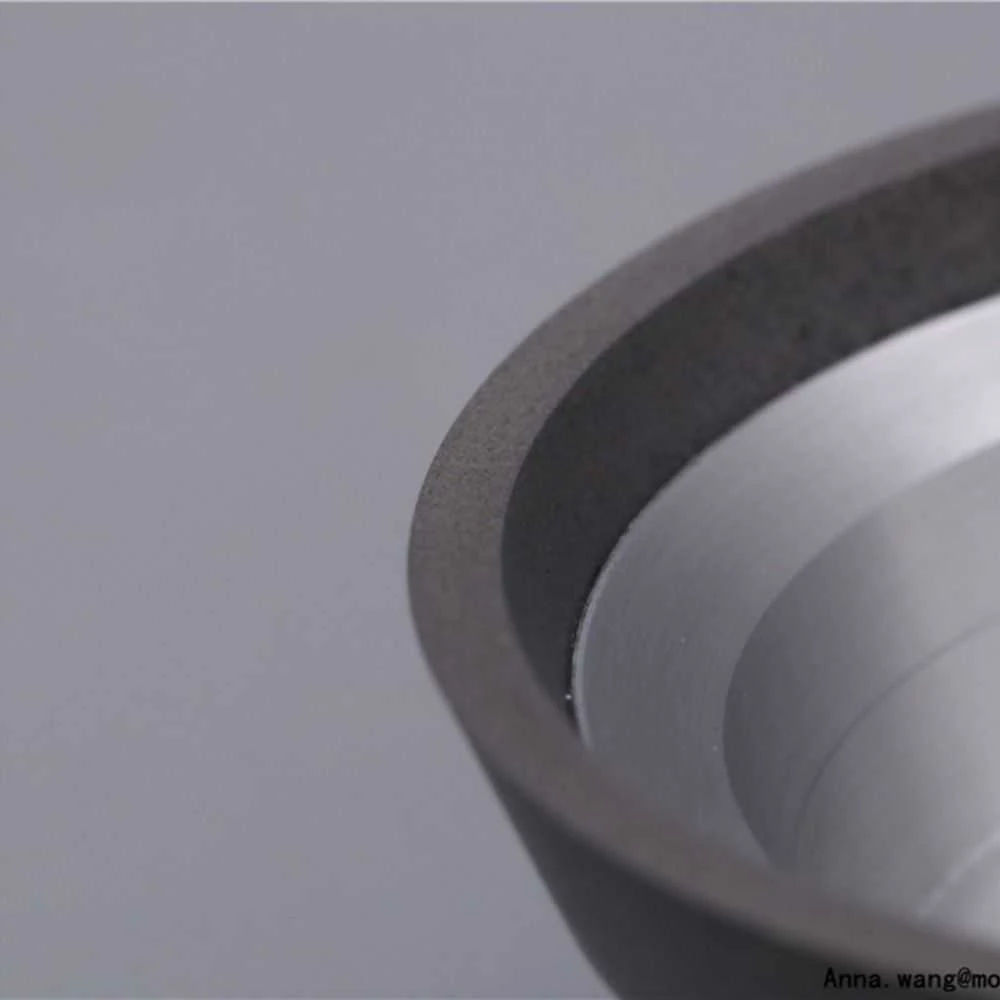Crankshaft grinding is a crucial process in the manufacturing and repair of internal combustion engines. It involves the removal of material from the crankshaft, which is responsible for converting the reciprocating motion of the pistons into rotational motion. However, due to wear and tear or damage, crankshafts may require grinding to restore their functioning. In this article, we will explore second-hand crankshaft grinding machines and the various grinding methods used in the industry.
1: Second-hand crankshaft grinding machines
Second-hand crankshaft grinding machines refer to pre-owned equipment that has been previously used for grinding crankshafts but is still in good working condition. These machines are often sold by businesses or individuals who no longer have a need for them or have upgraded to newer models.
Benefits of purchasing second-hand machines:
1. Cost-effective: Second-hand machines are generally available at a lower price compared to brand new ones, making them a more affordable option, especially for small businesses or workshops with a limited budget.
2. Immediate availability: Unlike ordering a new machine, purchasing a second-hand crankshaft grinding machine allows for immediate use, as there is usually no waiting time for delivery or installation.
3. Reliable performance: Many second-hand machines have a proven track record and have been used successfully in the past, giving buyers confidence in their performance and reliability.
Considerations when buying second-hand machines:
1. Inspection: It is essential to thoroughly inspect the machine before purchasing to ensure that all essential components are in good condition. This includes checking the grinding wheel, coolant system, bed, and other critical parts.
2. Maintenance history: Inquire about the maintenance history of the machine to understand its usage, previous repairs, and any potential issues that may arise in the future.
3. Seller reputation: Buying from a reputable seller or dealer increases the chances of acquiring a reliable machine. Research the seller’s reputation, customer reviews, and warranties or guarantees offered.
Section 2: Grinding methods
Crankshaft grinding methods vary depending on the specific requirements of the crankshaft and the desired result. Some common grinding methods used in the industry include:
1. Plunge grinding: This method involves the direct feeding of the grinding wheel onto the crankshaft surface. It is suitable for grinding large surfaces quickly but may leave visible lines on the finished product.
2. Oscillating grinding: In this method, the grinding wheel moves back and forth across the crankshaft surface. It provides a smoother finish compared to plunge grinding but can be time-consuming.
3. Cylindrical grinding: This method uses a cylindrical grinder with a rotating grinding wheel to grind the crankshaft. It allows for precise grinding and excellent surface finish but may require more advanced machinery.
4. Orbital grinding: Also known as non-circular grinding, this method is used for crankshafts with non-standard shapes or profiles. It involves oscillating the grinding wheel in a circular motion to match the required shape.
The availability of second-hand crankshaft grinding machines provides a cost-effective solution for businesses in need of such equipment. However, careful consideration and thorough inspection are necessary to ensure the purchase of a reliable and well-maintained machine. Additionally, the choice of grinding method depends on the specific requirements of the crankshaft and the desired finished product. By understanding these aspects, manufacturers and repair shops can effectively utilize crankshaft grinding machines to maintain the performance and longevity of internal combustion engines.
.webp)
